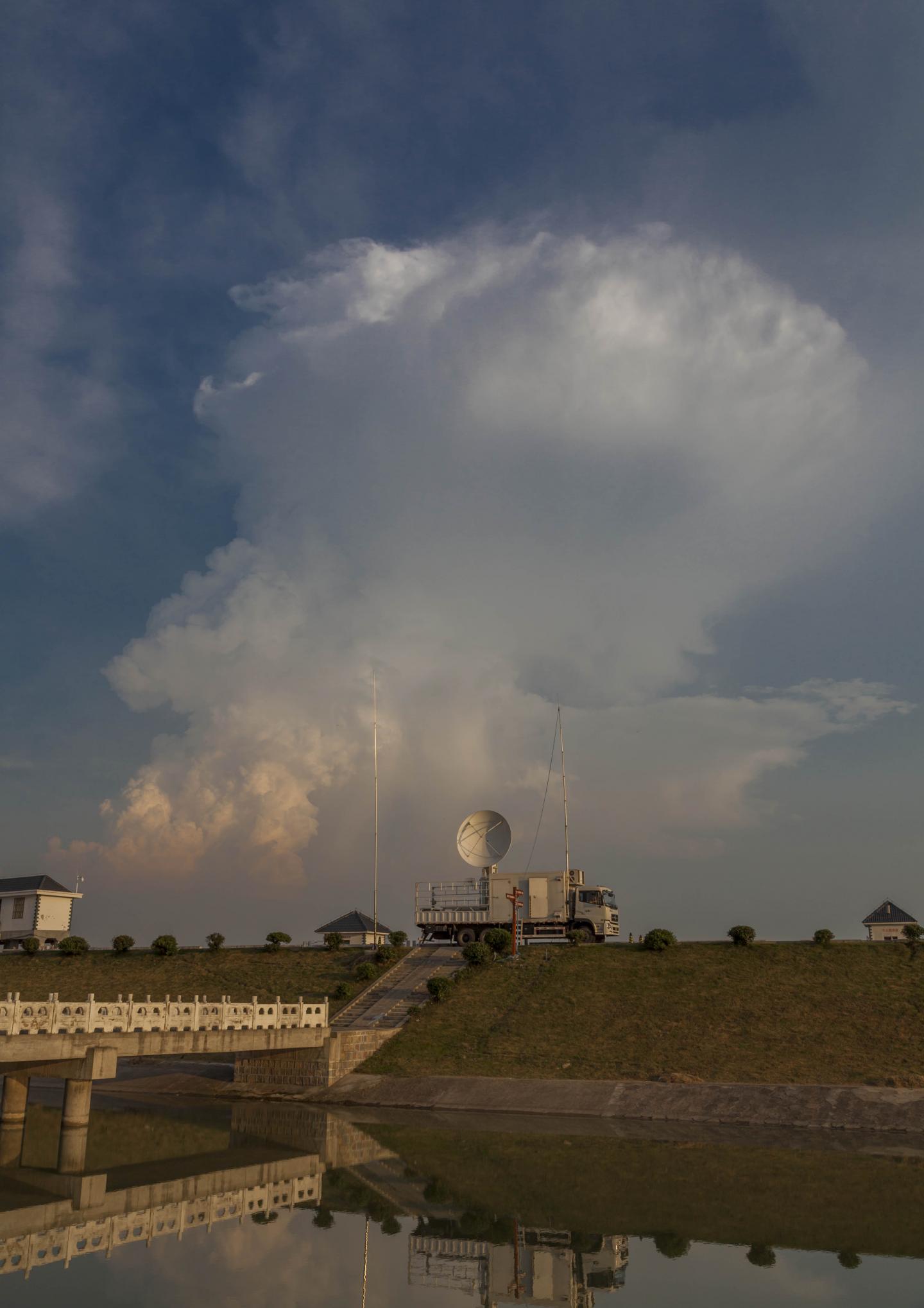
Credit: Gang Chen
China is an example of a country that suffers severe damage caused by high-impact weather and accompanying floods and mudslides. Dual-polarization (dual-pol) radars, first developed in the United States in the late 1970s, have been extensively used for monitoring and nowcasting these high-impact weather events. Dual-pol parameters contain a rich amount of microphysical information on these heavy precipitation systems, according to Prof. Kun Zhao, Director of the Joint Center for Atmospheric Radar Research of the CMA/NJU, and Vice Dean of the School of Atmospheric Sciences, Nanjing University.
In recent years, with the advent of dual-pol radar technologies in China, dozens of dual-pol radars have been developed by universities, research institutes, and weather observatories. China’s nationwide radar network is currently being upgraded to dual-pol capability.
Professor Zhao is the lead author of a study recently published in Advances in Atmospheric Sciences. that reviews dual-polarization radar research and applications in China. The paper is included in a special issue on the National Report (2011-2018) to the International Union on Geophysics and Geodesy (IUGG) Centennial by the China National Committee for IAMAS.
“To date, the data collected from these dual-pol radars in China have been used and analyzed to improve understanding of precipitation microphysics as well as quantitative precipitation estimation and forecasting in China”, says Prof. Zhao.
To improve the data quality and mitigate the interference of non-meteorological objects, scientists and engineers in China have developed extensive approaches for data quality control of dual-pol radars, including calibration, attenuation correction, calculation of specific differential phase shift, and identification and removal of non-meteorological echoes to improve raindrop size distribution retrieval, hydrometeor classification, and quantitative precipitation estimation in China. Scientists have also sought to use dual-pol radar data to validate the microphysical parameterization and initialization of numerical models and assimilate dual-pol data into numerical models.
Emerging technology includes phased array radar and multiple frequency radar. Phased array dual-pol radars have also been utilized in weather surveillances in China. The temporal resolution of radar scans has dramatically increased. We can sample the 3D information of weather systems in less than two minutes. “However, the H- and V-polarized beam matching off the broadside affecting dual-pol measurements remains a challenge for radar engineers”, says Prof. Zhao. “Multi-frequency dual-pol radars provide information on the sizes of hydrometeors based on the wavelength dependence of the Mie scattering effect.”
Professor Zhao is confident that these two types of technologies will mature in the next decade and make significant contributions to the future of radar meteorology.
###
This work was supported by the National Key Research and Development Program of China, the National Natural Science Foundation of China,the National Fundamental Research 973 Program of China,and the Key Research Development Program of Jiangsu Science and Technology Department.
Media Contact
Ms. Zheng Lin
[email protected]
Original Source
https:/
Related Journal Article
http://dx.



